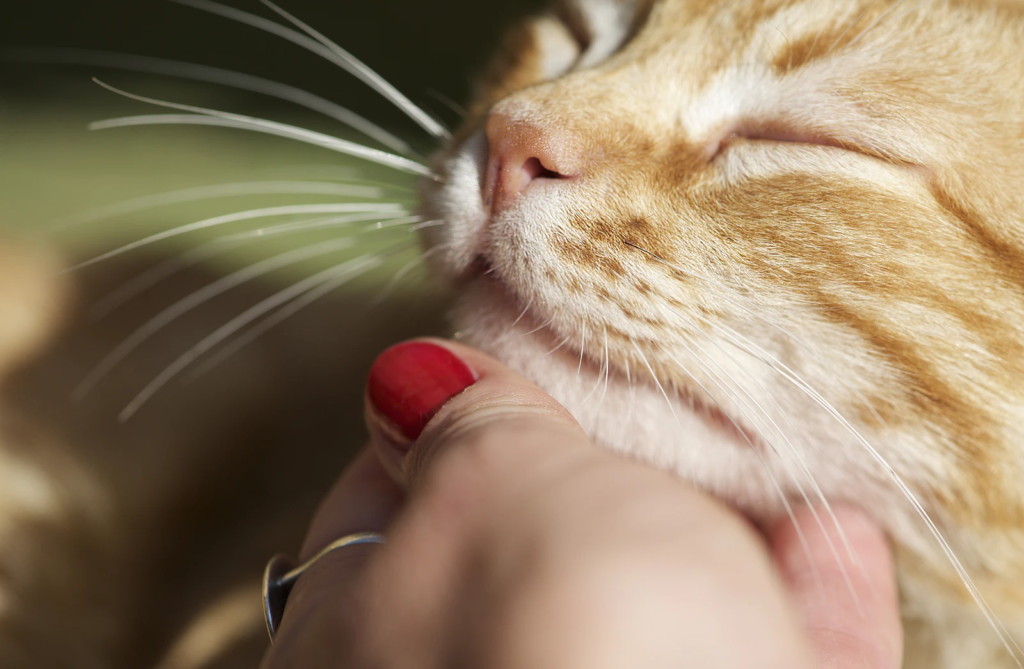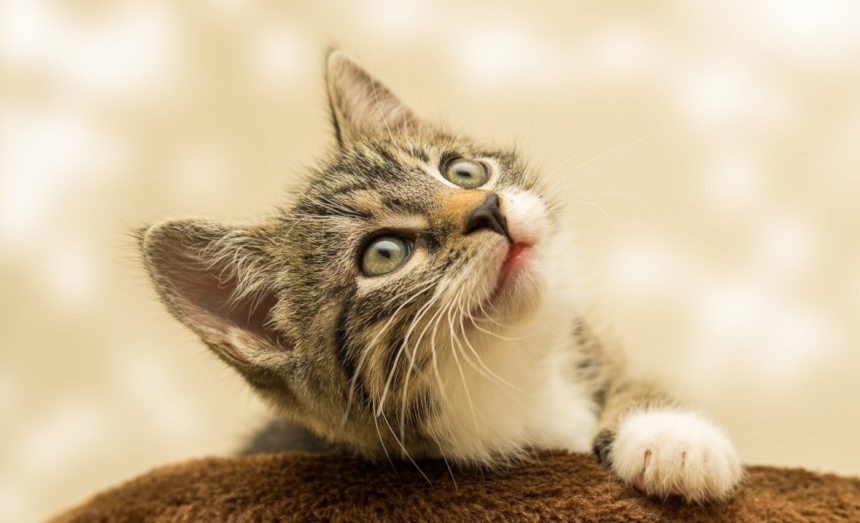How your cat experiences the world : Cats have the same five senses as humans, but they perceive the world in a unique way. Understanding them may lead to us becoming better cat parents.
How your cat experiences the world : Introduction
Cat experiences the world : Cats, our enigmatic and beloved companions, navigate the world around them using the same five senses as humans. However, the feline experience is a unique one, shaped by evolutionary adaptations that allow them to thrive in various environments. As cat parents, gaining insight into how our furry friends perceive the world can enhance our relationship with them. On this Happy Mew Year for Cats Day, let’s delve into the intricacies of a cat’s sensory world and explore the fascinating ways they interact with their surroundings.
ALSO READ : The Majestic Rhinoceros : Giants Of The Land Facing A Precarious Future

Sight
Cat experiences the world : While cats share the sense of sight with humans, their visual experience is vastly different. Cats are crepuscular creatures, meaning they are most active during dawn and dusk. Their eyes are adapted for low-light conditions, with large, dome-shaped corneas that maximize light intake. The vertical, slit-like pupils can expand significantly in the dark, and the tapetum lucidum, a reflective layer in their eyes, enhances their ability to see in dim light, causing the captivating eye shine.
Despite their superior night vision, cats see fewer colors and perceive the world less vibrantly than humans. With fewer cones in their retinas, responsible for color perception, cats focus more on motion than intricate details. Understanding their visual preferences helps explain their keen interest in moving objects and activities.

Sound
Cat experiences the world : A cat’s triangular ears act as sophisticated satellite dishes, allowing them to detect sounds with remarkable precision. The pinnae, or ear flaps, can rotate independently in three directions, enabling cats to locate the source of a sound within inches in a fraction of a second. Their ultrasonic hearing surpasses that of humans and even dogs, allowing them to perceive subtle tonal differences.
Surprisingly, cats may have their musical preferences, as studies have shown a preference for feline-centric sounds over traditional human music. This unique auditory sensitivity adds depth to our understanding of their communication and interaction with the world.

Smell
Cat experiences the world : Cats are born with a fully developed sense of smell, a crucial tool for survival from the moment they enter the world. With olfactory epithelium five to 10 times larger than that of humans, cats possess up to 200 million odor-detecting cells. Their Jacobson’s organ, located above the mouth, further enhances their olfactory capabilities, triggering the Flehmen response when they encounter intriguing scents.
The keen sense of smell serves various purposes, from locating food to identifying potential mates. Acknowledging the significance of scent in a cat’s world allows us to appreciate their rich olfactory experiences.

Touch
Cat experiences the world : Whiskers, or vibrissae, play a pivotal role in a cat’s tactile perception of the world. Longer and thicker than regular hairs, whiskers are connected to nerve-packed follicles, providing cats with heightened sensitivity akin to human fingertips. These specialized hairs help compensate for a cat’s less precise close vision, allowing them to detect subtle air movements and navigate their surroundings with precision.

Conclusion
As we unravel the mysteries of how our feline friends experience the world, we gain valuable insights into their behaviors and preferences. By understanding their unique sensory adaptations, we can become better cat parents, fostering a deeper connection and ensuring the well-being of our cherished companions. Happy Mew Year for Cats Day is not just a celebration; it’s an opportunity to appreciate the fascinating world as seen through the eyes, ears, nose, and whiskers of our beloved cats.
To explore more news : Click Here
ALSO READ : Eurasian Magpie : Unveiling The Avian Genius




































